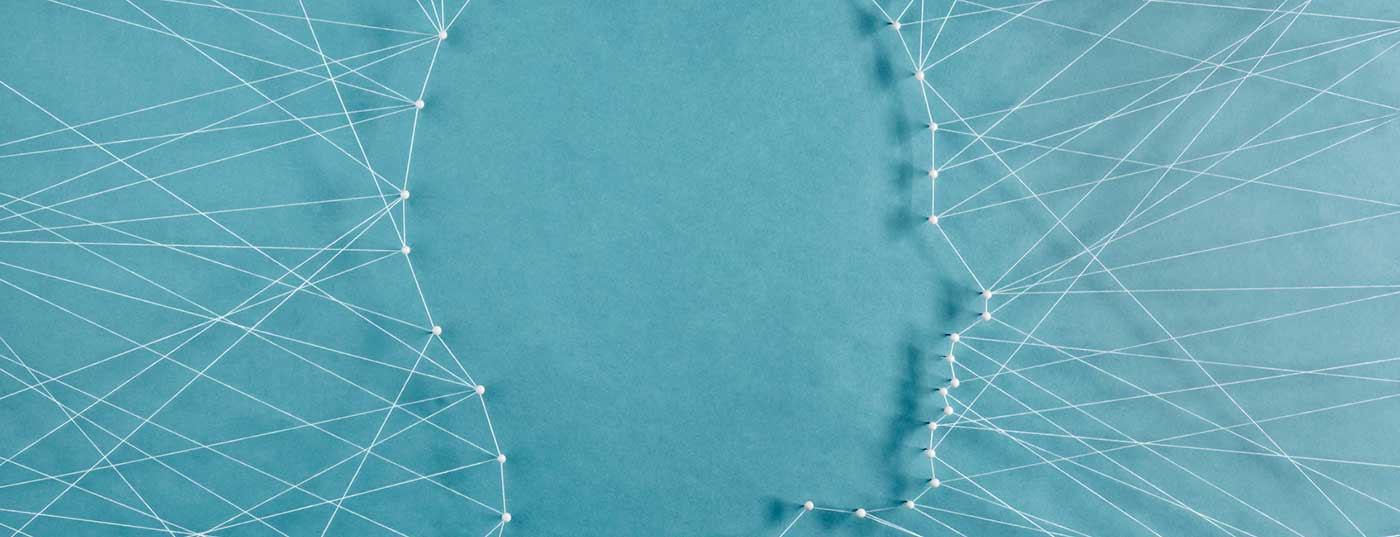Tourette syndrome (TS) is in the realm of impulse control disorders and includes motor and vocal tics that manifest in childhood. The presented study addresses de novo mutations and their contribution to the calculated risk of developing TS.
Background: Tourette syndrome (TS), as a psychiatric disorder in the field of impulse control disorders, is close to the neurological domain of movement disorders. It includes motor and vocal/verbal tics that manifest in childhood. The prevalence is estimated to be up to 1% and would then be as high as that of schizophrenia, which, however, is not reflected in clinical practice and suggests a high number of undiagnosed sufferers. TS without psychiatric comorbidities is rare. Comorbid attention-deficit/hyperactivity disorder (ADHD) and autism spectrum disorders top the list, followed by obsessive-compulsive disorder, depression, and personality disorders. A positive family history is present in approximately 50% of cases.
Investigations: Presented here is a study looking at de novo mutations and their contribution to the calculated risk of developing TS. So it’s not primarily about the hereditary form of TS. For this particular type of study, trios of healthy parents and a child with TS were selected, and trios of healthy parents who have a child with TS and the child’s healthy sibling were selected as the control group. Whole exome sequencing (WES) analyses were performed.
Results: There is a significantly increased rate of “likely gene-disrupting variants” in the TS cohort. The correlation between paternal age and de novo variation rate was reconfirmed. The authors were able to identify one gene, which they refer to as a “high confidence gene for Tourette Disorder (hcTD),” and three genes whose association with an increased risk of developing TS is likely. These genes provide food for thought in understanding the pathogenesis of TS. They are related to CNS development and the formation of axons and synapses that connect cortical areas to, for example, thalamic regions and the striatum. One of the three genes considered likely to be associated is co-responsible for DNA double-strand break repair. The authors calculate that 12% of all cases of TS could be due to de novo mutations.
Conclusions: The analysis of 325 trios presented here yielded four candidate genes – according to the authors, analysis of approximately 2500 trios could yield 21 hcTD genes, which would be consistent with current knowledge regarding the genetics of autism spectrum disorders. With novel insights of this kind, aspects of CNS development and possible cellular and molecular mechanisms of diseases such as TS can be explored in model organisms that can be genetically modified.
InFo NEUROLOGY & PSYCHIATRY 2017; 15(4): 34.











